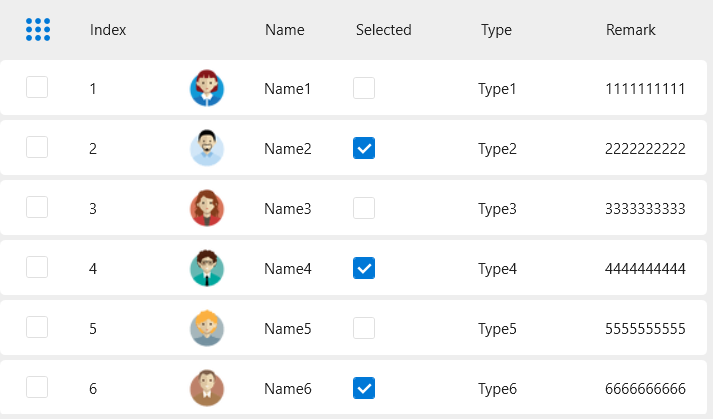

VISUAL STTUDIO MISSING USER SPACE PASSWORDBOX WINDOWS
You see validation errors for users in the Office 365 portal or in the Azure Active Directory Module for Windows PowerShellĬompare the membership counts between Azure and Exchange Online. If the ValidationStatus is not healthy, the following article may help display more detailed information about the error. Note The ValidationStatus parameter is only viewable by using the Get-MsolUser cmdlet. Get-MsolGroup -SearchString | fl ValidationStatus,*error* Please provide this value, as it may differ from your PrimarySMTPAddress attribute value.Ĭonfirm that there are no validation or sync errors. If a user is not displayed as a recipient type of UserMailbox or MailUser, ask Microsoft to submit the object for a forward sync from Azure AD to Exchange Online by using the UserPrincipalName attribute. Get-MsolUser -UserPrincipalName | fl *object* To obtain the ObjectId parameter result, run the following cmdlet: If a recipient object is not present in Exchange, ask Microsoft to submit the object for a forward sync from Azure AD to Exchange Online by using the ObjectId parameter (which will be in the form XXXXXXXX-XXXX-XXXX-XXXX-XXXXXXXXXXXX). Confirm that the object has values of the UserPrincipalName, TargetAddress and MailNickname attributes.Ĭonfirm that the missing user exists in Azure AD. For example, run one of the following cmdlets:Ĭonfirm there is a recipient object present in Exchange Online by using the Get-User cmdlet. If the missing user object is present in Azure AD. For example, run one of the following cmdlets: MSOL - For more information about MSOL module, see the following articles:ĪzureAD - For more information about AzureAD module, see the following articles:Ĭonfirm that the object exists in the Azure AD by using the Azure AD PowerShell module. There are two Windows Azure Active Directory modules to administer Azure AD through PowerShell. MetroDataGrid.A user is missing from a group in Azure Active Directory (Azure AD) for Microsoft Office 365. ĬleanWindowCloseButtonPressedBackgroundBrush Slider for which helps understanding that this thumb style is for the context of a slider)

and the target control for Templates and Styles (e.g.and the resource type which is one of Colors., Brushes., Sizes., Font., Fonts., Storyboard., Styles., Templates.This makes it easier to find and use these resources in your applications. The keys of various resources got rewritten. Instead of something like pack://application:,/MahApps.Metro component/Styles/Accents/Blue.xaml and pack://application:,/MahApps.Metro component/Styles/Accents/BaseLight.xaml you now have to use pack://application:,/MahApps.Metro component/Styles/Themes/. The theming got rewritten, this means that there is no longer a separation between AppTheme and Accent. Use TabControlEx from ControlzEx for BaseMetroTabControl.Use a ToolBar overflow mechanism for WindowCommands.Instead of depending on we now depend on the open source version.Use new updated GlowWindowBehavior and BorderlessWindowBehavior from ControlzEx.The theming got rewritten, this means that there is no longer a separation between AppTheme and Accent.

Other versions like AssemblyFileVersion etc. This means that, for example, for version 2.1 the AssemblyVersion will still be 2.0. Assemblies are strong named again, but AssemblyVersion is now fixed for every major release.This guide assumes the migration from version 1.6.5 to 2.0.


 0 kommentar(er)
0 kommentar(er)
